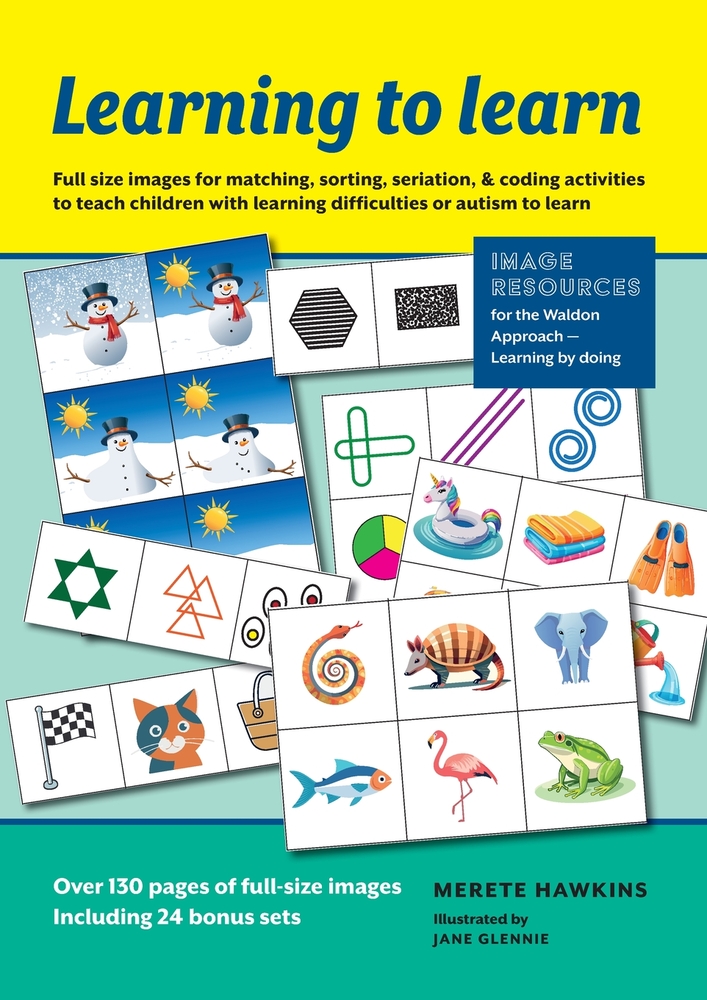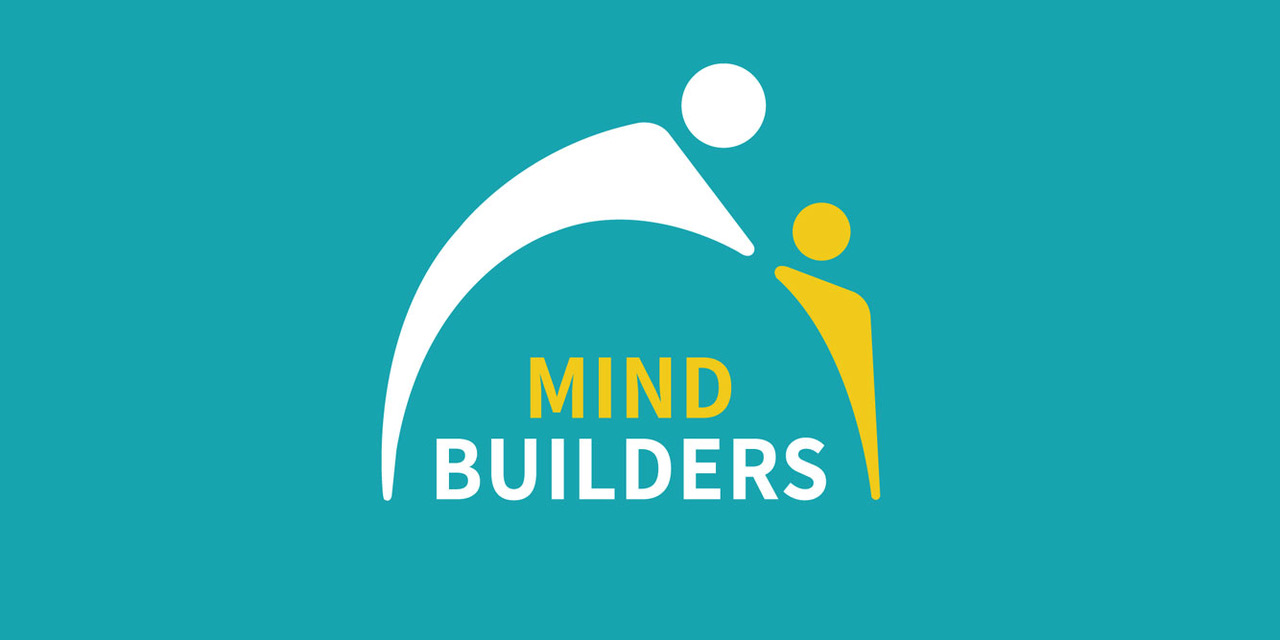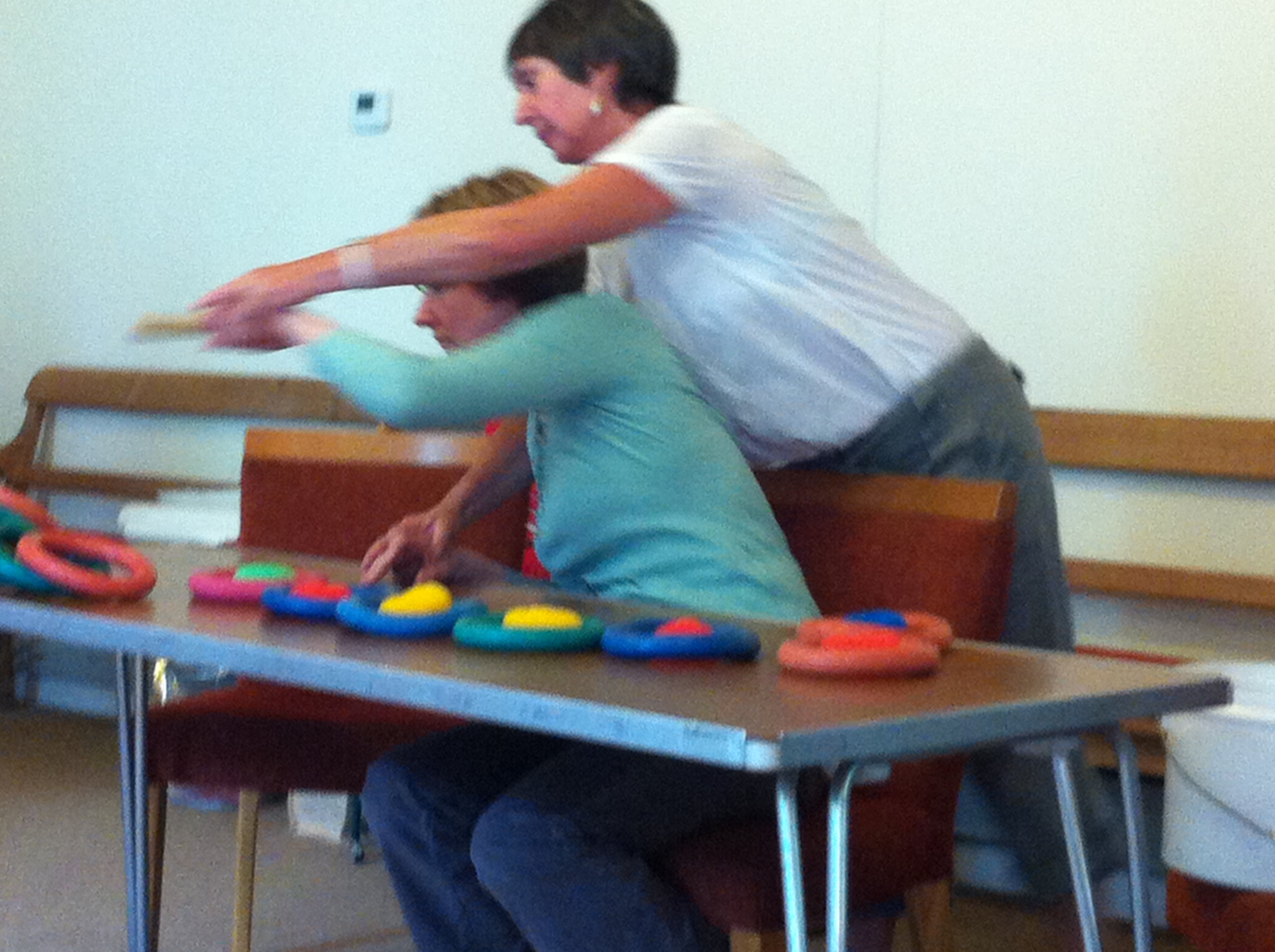"Learning to learn" with the Waldon Method
Der Waldon Ansatz: Lernen zu lernen
Fundamental Elements for Learning to Learn:
The focus of the Waldon Method is to foster and develop the skills of 'learning to learn':
- effortful engagement
- staying focused
- to keep going with interest in an activity
Non-verbal capacities must be learned FIRST
Das Besondere am ‚Lernen lernen‘ Ansatz ist, daß er non-verbal vorgeht, – denn so lernen kleine Kinder, um ihre frühen mentalen Kapazitäten zu entwickeln. Denn diese lassen sich NUR durch ihre eigenen Bewegungen und körperlichen Erfahrungen erlernen. Nicht durch Sprache. Verbales Sprechen entwickelt sich aus dem primären Verstehen, das das Kind sich selber und aktiv im Umgang mit seiner Umwelt erarbeitet hat. Ohne dieses fundamentale Verstehen von ’so geht das‘, sowohl seines eigenen Körpers als auch der Welt der Gegenstände, ist keine sinnvolle Sprache möglich.
Lernen zu lernen HANDBUCH
Anyone interested in learning more about the Waldon Method will find Merete Hawkins' book very helpful, - both to better understand this little-known approach and as informative guidance for putting it into practice with children
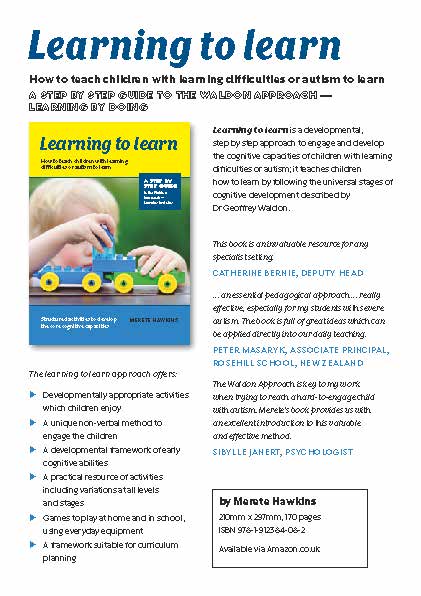
The 'Learn to Learn' Session
In der ‚Lernen lernen‘ Stunde bereitet der Erwachsene Aktivitäten vor, die der frühen Lernsituation eines Kindes ähneln, und führt das Kind durch die Bewegungen und leitet es an, die Gegenstände zu handhaben und mit ihnen zu spielen.
The child learns to focus and engage in these play sequences by means of activities and play materials that can be easily adapted to the child's particular stage of development and progress.
Im Bild einfache Spielmaterialien aus Holz mit guter Größe und Gewicht, die sich vielfältig kombinieren lassen, um Greif- und Bewegungserfahrungen zu fördern
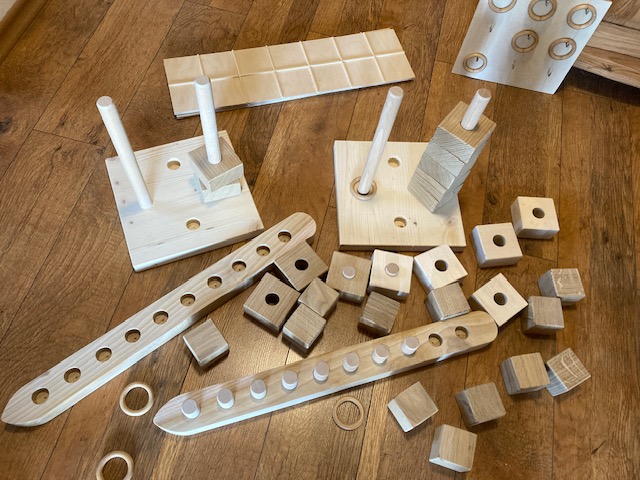
LEARNING MORE about 'Learning to learn':
The Waldon Approach is a theory about the most fundamental elements of human learning and development, about how understanding arises and how a child learns to understand. How we learn to adapt and survive. The educational application of these ideas is called the Waldon approach and can be used in many different settings, with people of all ages and ability levels. It is most commonly used by parents and professionals ... Read more here: The Waldon Association, UK
Bildmaterial für den Waldon-Ansatz:
Dieses Buch ist eine Ergänzung zu „Learning to learn“ (Hawkins, 2019) mit 130 illustrierten kopierbaren Seiten (bunt und schwarz-weiss), um daraus Kärtchen für fortgeschrittenere angeleitete Waldon-Spielaktivitäten zu machen.
Es handelt sich um Unterrichtsmaterial für die Kernkompetenzen Zuordnen, Sortieren, Reihenfolgen bilden und Kodieren. Es enthält alle im Hauptbuch abgebildeten Aktivitäten sowie zahlreiche Zusatzaktivitäten.
